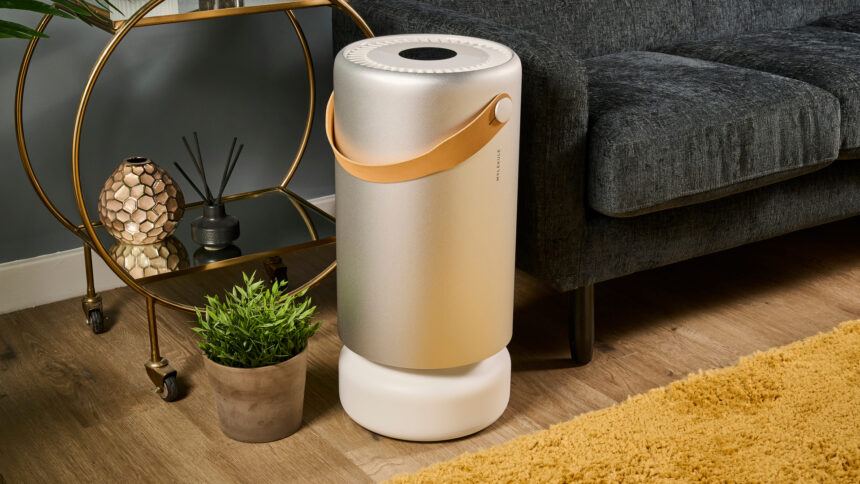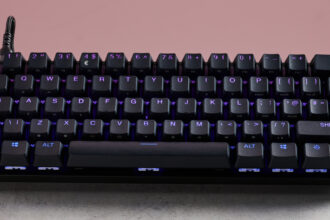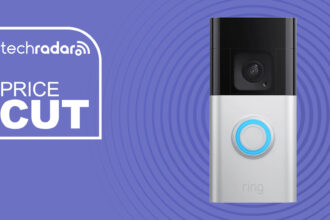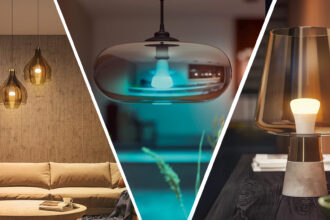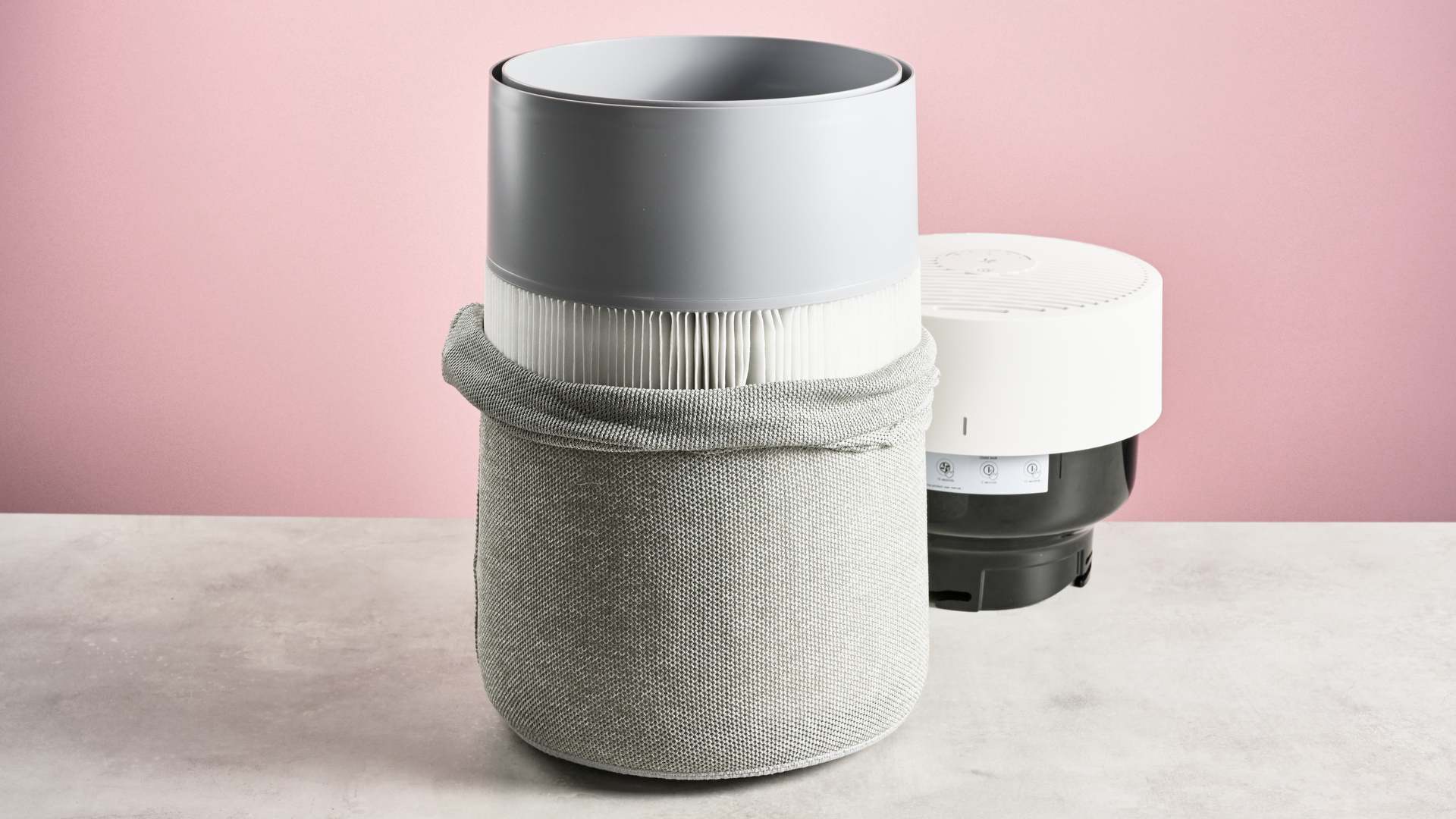
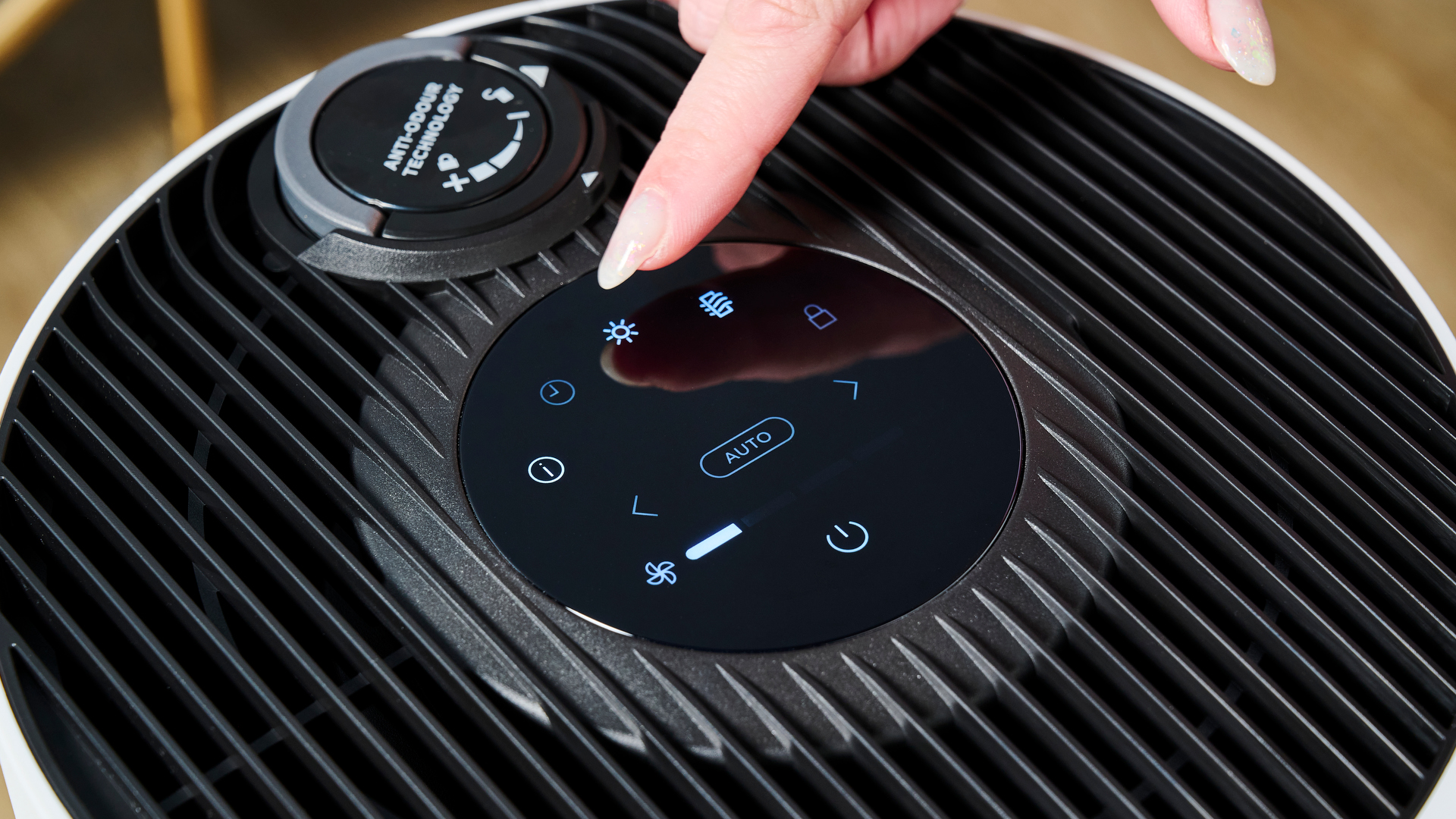
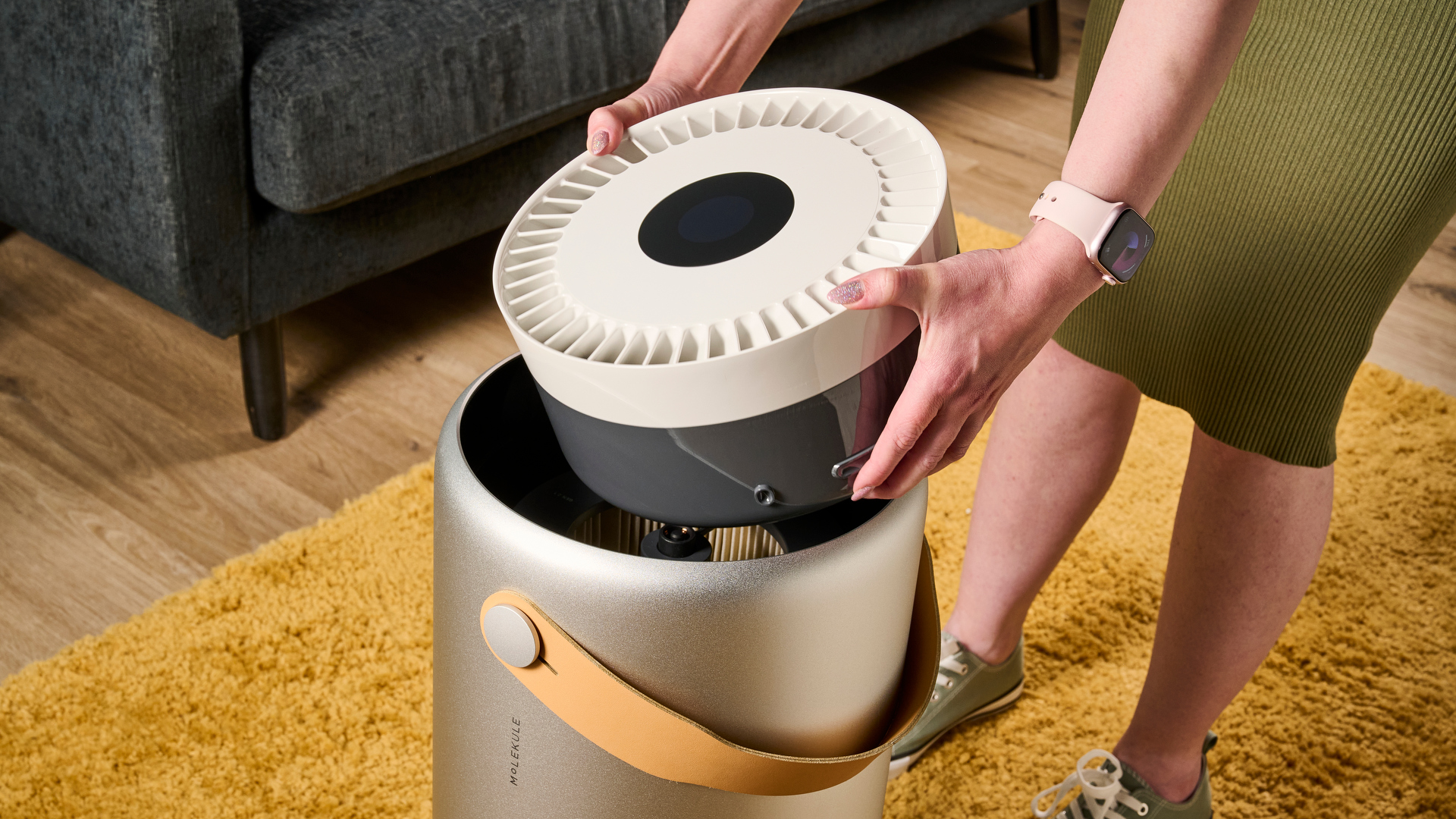
An air purifier enhances your indoor environment by pulling in air, filtering out pollutants, and then circulating purified air back into the room. The top air purifiers on the market are capable of eliminating a range of contaminants—from dust and pet fur to harmful gases present in your living space (more details on the limitations of air purifiers can be found here).
With various models catering to different requirements and spaces, it’s crucial to assess your specific needs before making a purchase. To simplify this decision, here are six essential questions to consider before investing in an air purifier…
What filters are included?
Filters are the heart of any air purifier, and their designs target different particles. Most commonly, you’ll find the HEPA filter (High-Efficiency Particulate Air filter), which, according to EU standards, must capture at least 99.95% of particles that are 3 microns or smaller. This makes it effective against dust, pollen, viruses, and bacteria.
In addition to HEPA filters, some air purifiers also include a carbon filter (also referred to as an activated carbon filter or charcoal filter), aimed at absorbing unpleasant odors and various gases.
While these are the primary filter types, more sophisticated models may incorporate additional filters to address specific pollutants. For instance, Dyson’s high-end air purifiers come equipped with a selective catalytic oxidation filter, capable of capturing and neutralizing formaldehyde—a feature not commonly found in standard models, often resulting in a steeper price tag.
How efficient is it at cleaning air?
Air purifiers are designed to cater to various room sizes. Key performance metrics include the speed at which air is filtered (measured in cubic feet per minute) and the clean air delivery rate (CADR). A good guideline is to look for a CADR that reaches at least two-thirds of the room’s total area.
Most purifiers come with specifications regarding the area they can cover. However, take this information with a grain of salt—understanding how long it takes to purify the air in that space is equally important. To be truly effective, a purifier should ideally cycle through all the air in a room three to five times each hour.
What modes does it have?
Many air purifiers offer an auto mode that adapts to current pollution levels. These models can automatically activate when they detect a drop in air quality or increase fan speed in response to heightened pollution, making for a quicker clean-up. Some come with real-time data displays, giving you a snapshot of air quality, and might even offer insights over time via a companion app.
Conversely, basic units usually require manual control, limiting you to turning them on and adjusting speeds yourself. An auto mode paired with air quality sensing can provide peace of mind by visibly demonstrating that the purifier is making a difference, responding to changes in the environment that could easily be overlooked.
In addition to auto mode, some purifiers feature specialized settings like a sleep mode or night mode, which operate more quietly and may disable lights, allowing for unobtrusive operation while you’re resting.
How do you control it?
Higher-end air purifiers often come with a companion app that provides in-depth information, such as historical air quality data that may not fit on the purifier’s display. These apps may also allow for remote operation, a valuable feature when you want to turn the purifier on or off without leaving your seat. Some smart models even integrate with voice assistants for added convenience.
On the other hand, basic models typically rely on manual controls found directly on the device or come with remote controls, ensuring that you don’t have to approach the unit every time you want to make alterations.
The ability to program a timer or set a schedule for your air purifier can also be advantageous if you prefer not to have it running continuously.
How do I keep an eye on the filters?
To maintain optimal performance, it’s essential to clean or replace the filters at regular intervals. Premium-grade purifiers often feature a filter health section in their apps, while more basic variations simply include a warning light to notify when it’s time for a change.
When shopping, consider the frequency of filter replacements, whether they are washable, and the costs associated with new filters to ensure long-term usability.
Can it do anything else?
Occasionally, air purifiers double as fans, heaters, dehumidifiers, or humidifiers. Essentially, air purification can serve as an additional function embedded in other devices that cycle air. Adding a filter transforms a fan into an air purifier with minimal effort—though, these appliances are typically not designed with air quality enhancement as a primary focus. Therefore, you may not find advanced features like air quality sensors.
Nevertheless, this multifunctionality can be a savvy choice, merging several appliances into one space-saving solution. Notably, some top-tier fans, including various models from Dyson, pride themselves on also functioning as effective air purifiers—a perfect match for those susceptible to seasonal allergies.












